For more than a century, car dealerships have been the hub of automotive sales in North America. They were where customers walked the lot, compared models, haggled over sticker prices, and finalized the deal with a handshake and a pile of paperwork. But the industry that once seemed untouchable is facing seismic shifts. Online shopping habits, direct to consumer sales strategies, and even changes in how people view car ownership are shaking the foundations of the traditional dealership model. Some believe we are watching the beginning of the end for dealerships as we know them, while others see an evolution into something leaner, more digital, and far less dominant than in the past.
The Rise of Online Car Buying
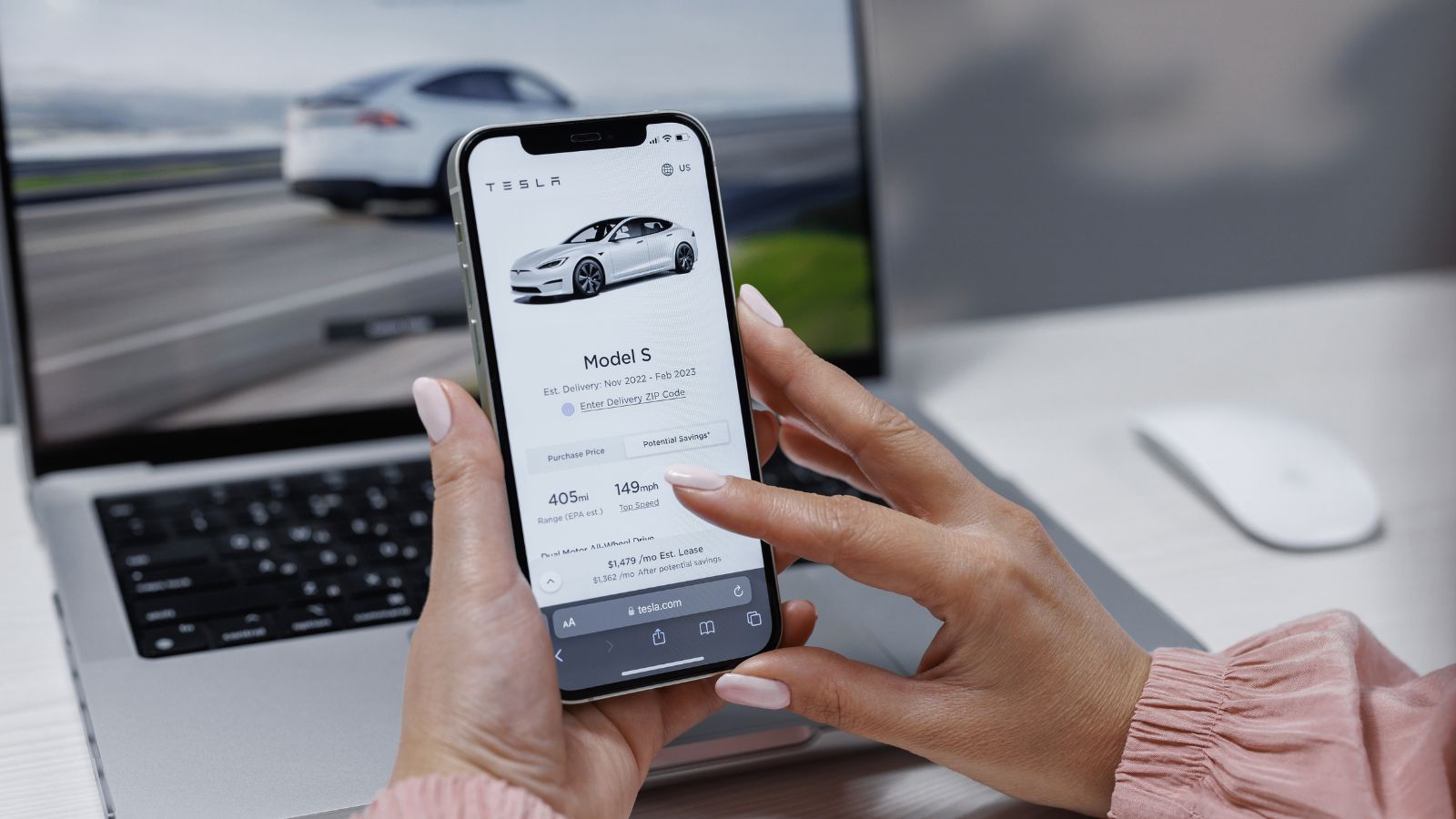
The digital transformation has reached car sales with full force. Shoppers now expect to be able to browse, compare, and purchase vehicles from their laptop or smartphone in the same way they order clothes or groceries. Platforms like Carvana and Vroom allow customers to view inventory nationwide, arrange financing, and even have a car delivered to their door without stepping foot on a lot. Traditional automakers have noticed this trend, with Ford, Hyundai, and others expanding their online retail systems to capture buyers who prefer digital convenience. For younger generations who dislike high pressure sales tactics, the endless back and forth of the dealership experience feels outdated compared to one click shopping.
Direct to Consumer Sales Models
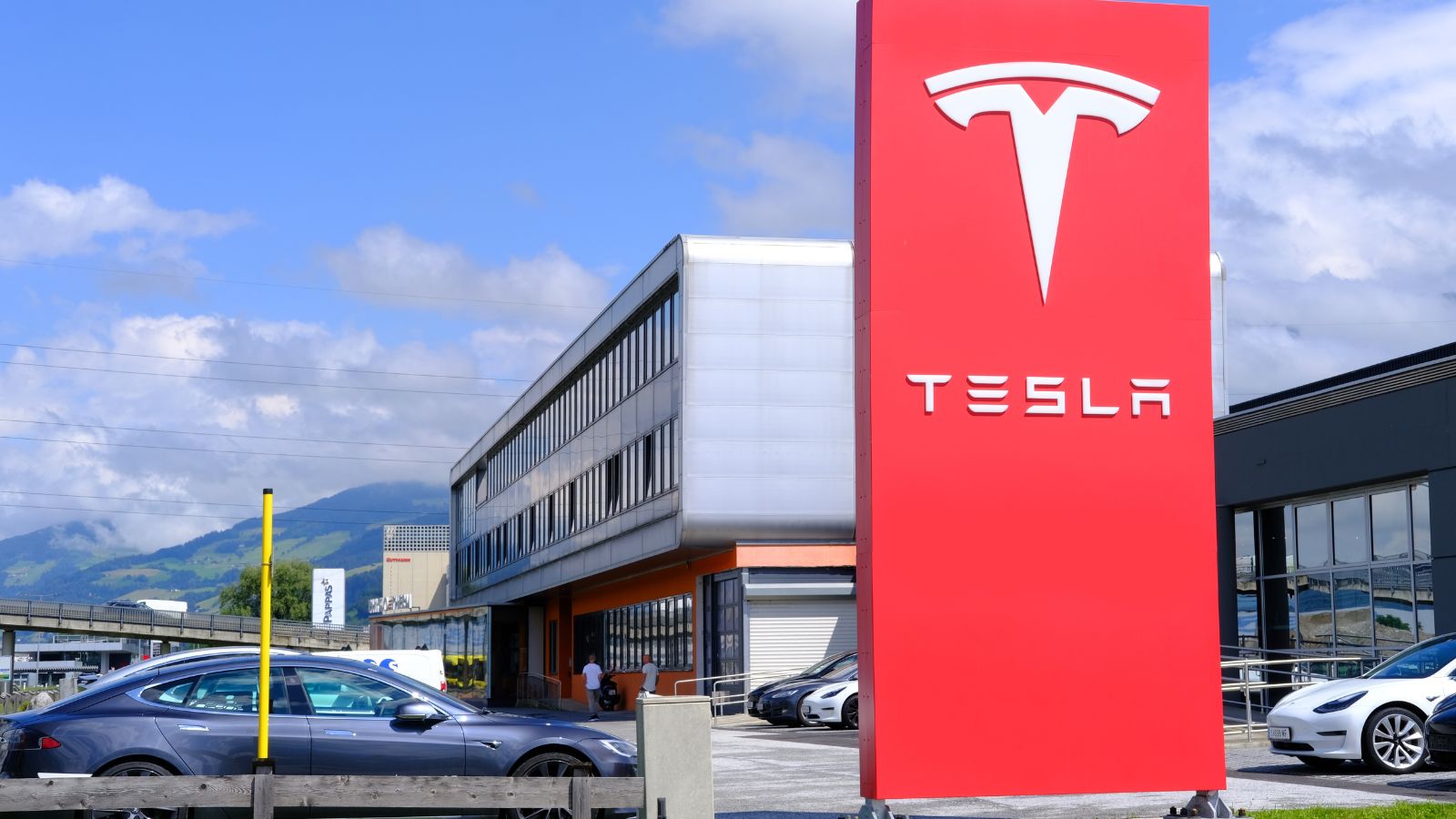
Tesla shattered the traditional dealership mold by selling directly to customers and setting fixed prices that eliminated haggling altogether. Rivian, Lucid, and Polestar have followed the same model, while established brands such as Volvo and Mercedes have begun testing direct sales in select markets. This approach allows automakers to control pricing, avoid dealer markups, and present a consistent brand experience. While franchise laws in many U.S. states still require the use of dealers, consumer interest in direct sales is growing fast. Every time a buyer enjoys the transparency of a Tesla order compared to battling for a deal at a traditional showroom, the pressure on dealerships increases.
Changing Consumer Expectations
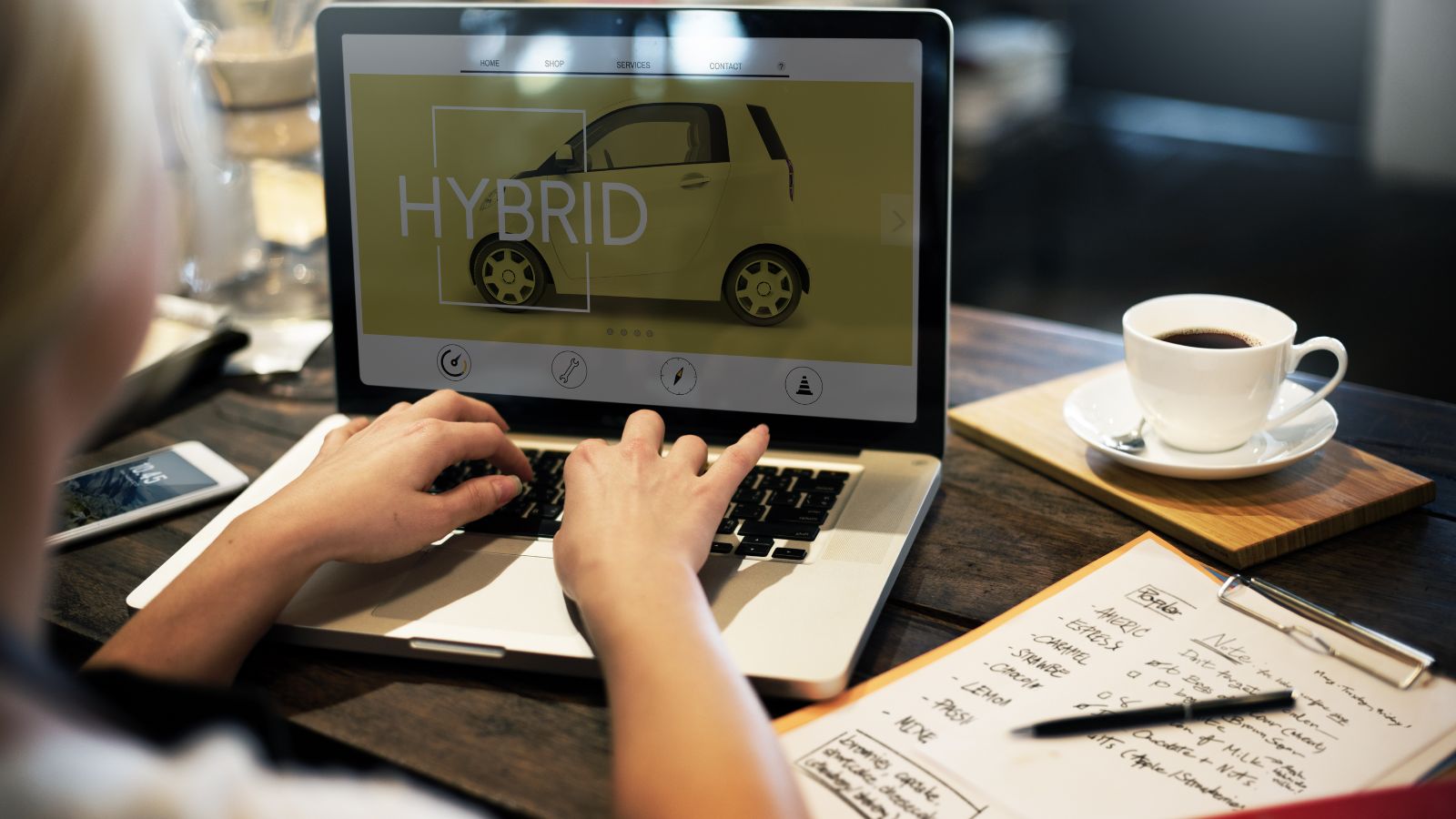
The modern buyer expects speed, clarity, and flexibility. Many spend weeks doing research online, comparing prices, watching reviews, and securing financing before they even step into a showroom. By the time they arrive, they know what they want and how much it should cost. Dealerships that still rely on drawn out negotiations or hidden fees quickly frustrate these customers. For many, the dealership visit has been reduced to a test drive or paperwork signing, and some would happily avoid the in person visit altogether if they could. This shift in expectations is one of the strongest signs that the dealership’s traditional role is shrinking.
Automaker Consolidation of Sales Channels

Automakers are also rethinking their retail strategies. Instead of sprawling dealerships with acres of cars, some companies are investing in smaller urban showrooms or “experience centers.” These locations allow customers to see and touch the cars, but the actual transaction happens online through a central system. This model gives automakers tighter control of pricing and inventory while lowering overhead. It also cuts into the power of franchise dealerships that used to control the entire sales process. In Europe, this system is spreading quickly, and it is likely only a matter of time before more of it arrives in North America.
The Growing Importance of Service Departments

For many dealerships, the service bay has become the true profit center. Sales margins are slim, but warranty work, parts, and maintenance keep cash flowing. Yet even here, disruption looms. Electric vehicles require fewer oil changes, fewer moving parts, and generally less maintenance than traditional gas powered cars. While they do bring new challenges like battery diagnostics, the overall reduction in service needs could hit dealership revenues hard. If a growing percentage of vehicles on the road need less frequent visits, dealerships may struggle to maintain profitability even if they hold onto their service advantage.
Regional Resistance and Legal Battles

Franchise laws are one of the biggest shields keeping dealerships alive. Many states require automakers to sell through independent franchise dealers, and dealer associations lobby hard to keep these protections in place. They argue that dealerships create jobs, support local economies, and protect consumers from monopolistic pricing by manufacturers. Yet these arguments are losing ground as buyers increasingly demand streamlined processes and fixed prices. Court cases and legislative challenges are cropping up more frequently, and while change will not happen overnight, the legal battles are unlikely to stop the tide of consumer preference for direct sales.
Subscription and Mobility Services
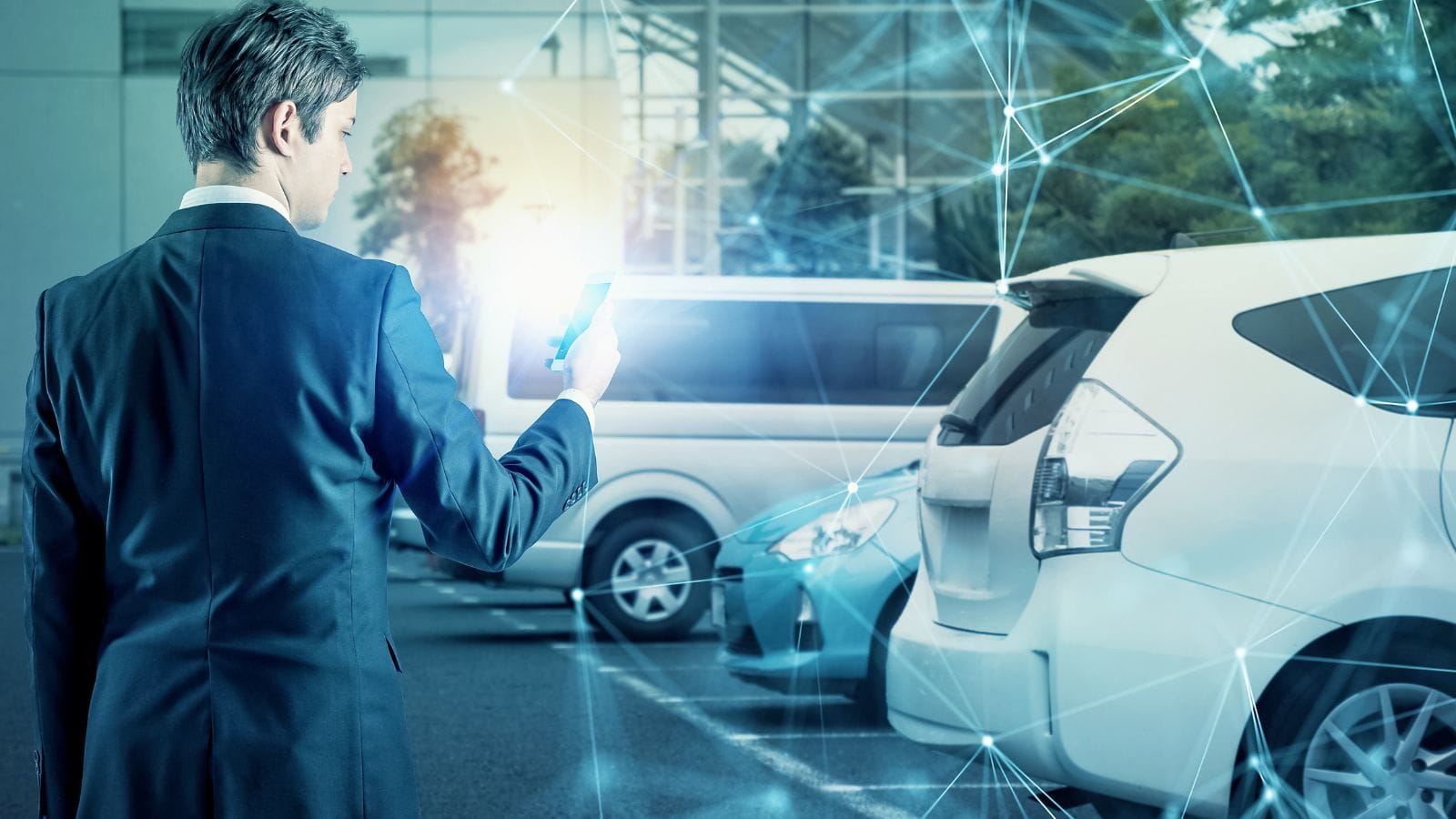
The dealership model is also being tested by the rise of alternatives to ownership. Subscription based services, flexible leases, and car sharing programs are becoming more popular in urban areas. For many city dwellers, the idea of paying monthly for access to a vehicle without the hassle of traditional financing or ownership is more appealing than locking into a loan. Automakers like Volvo, Porsche, and BMW are experimenting with subscription models that bypass dealerships entirely, while companies like Zipcar and Turo expand the concept of shared mobility. This trend suggests that dealerships may not just lose sales but also lose relevance in markets where ownership itself is less important.
Signs of a New Era

Dealerships are not going extinct overnight, but the signs of change are everywhere. Online retail is eating into their role as the primary point of contact. Direct to consumer models are proving that buyers will happily skip dealerships if given the choice. Automakers are consolidating sales and experimenting with showroom alternatives. Service departments remain strong, but the rise of EVs could reduce that advantage in the long run. Dealerships that adapt by embracing digital sales, offering transparent pricing, and focusing on service and customer experience will survive. Those that cling to the old ways risk being swept aside by a market that no longer accepts business as usual.
Dealership Demand
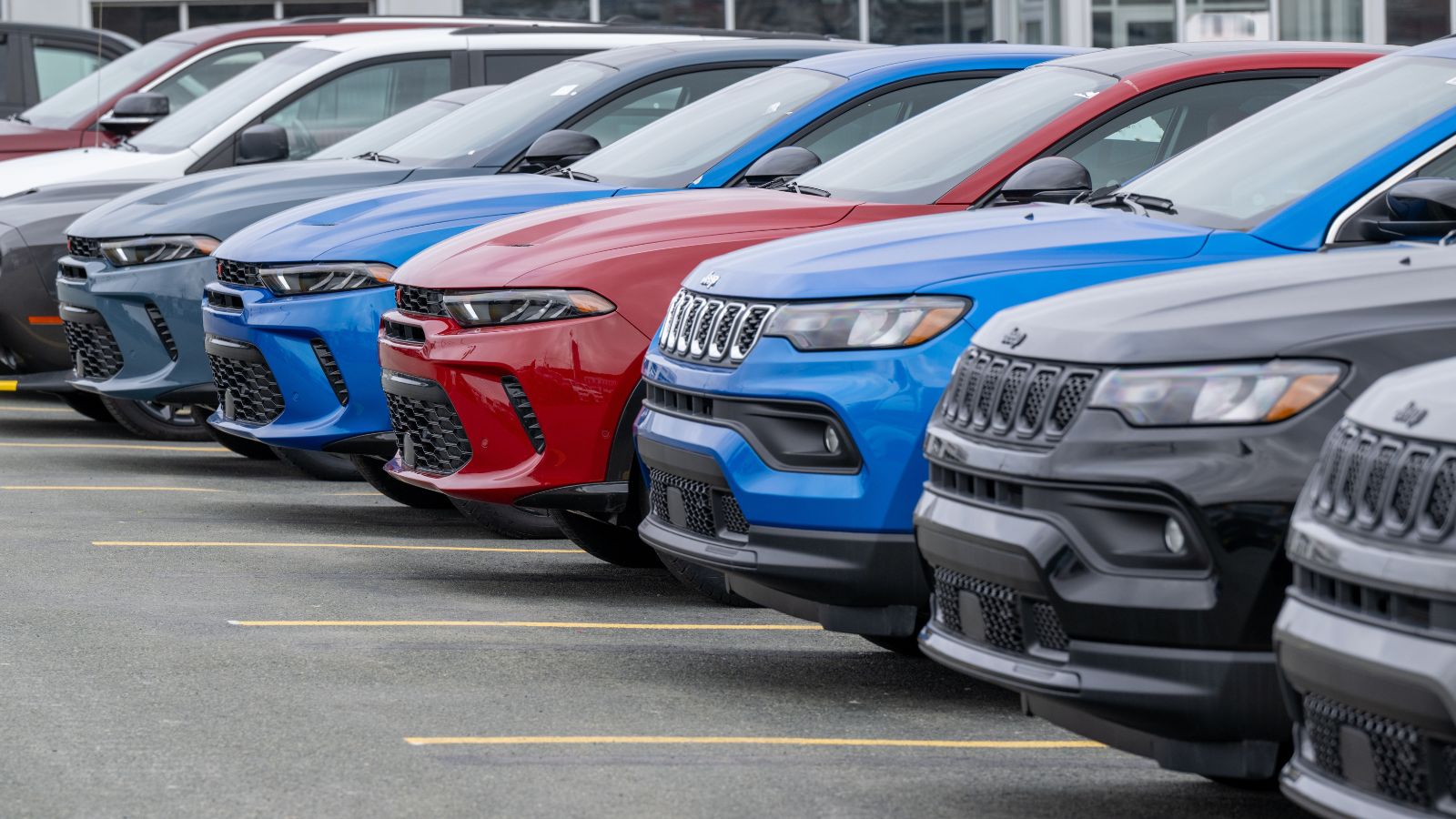
We may not be witnessing the death of car dealerships, but we are certainly seeing their transformation. The old model of rows of shiny cars, hard negotiations, and opaque pricing is on borrowed time. In its place is a system where online shopping dominates, automakers hold more control, and buyers demand efficiency and honesty. The dealerships that thrive will be those that understand this shift and evolve with it. The ones that do not will fade into history, remembered as relics of an era when buying a car meant hours of haggling under showroom lights.
25 Facts About Car Loans That Most Drivers Don’t Realize

Car loans are one of the most common ways people fund car purchases. Like any other kind of loan, car loans can have certain features that can be regarded as an advantage or a disadvantage to the borrower. Understanding all essential facts about car loans and how they work to ensure that you get the best deal for your financial situation is essential. Here are 25 shocking facts about car loans that most drivers don’t realize:
25 Facts About Car Loans That Most Drivers Don’t Realize
